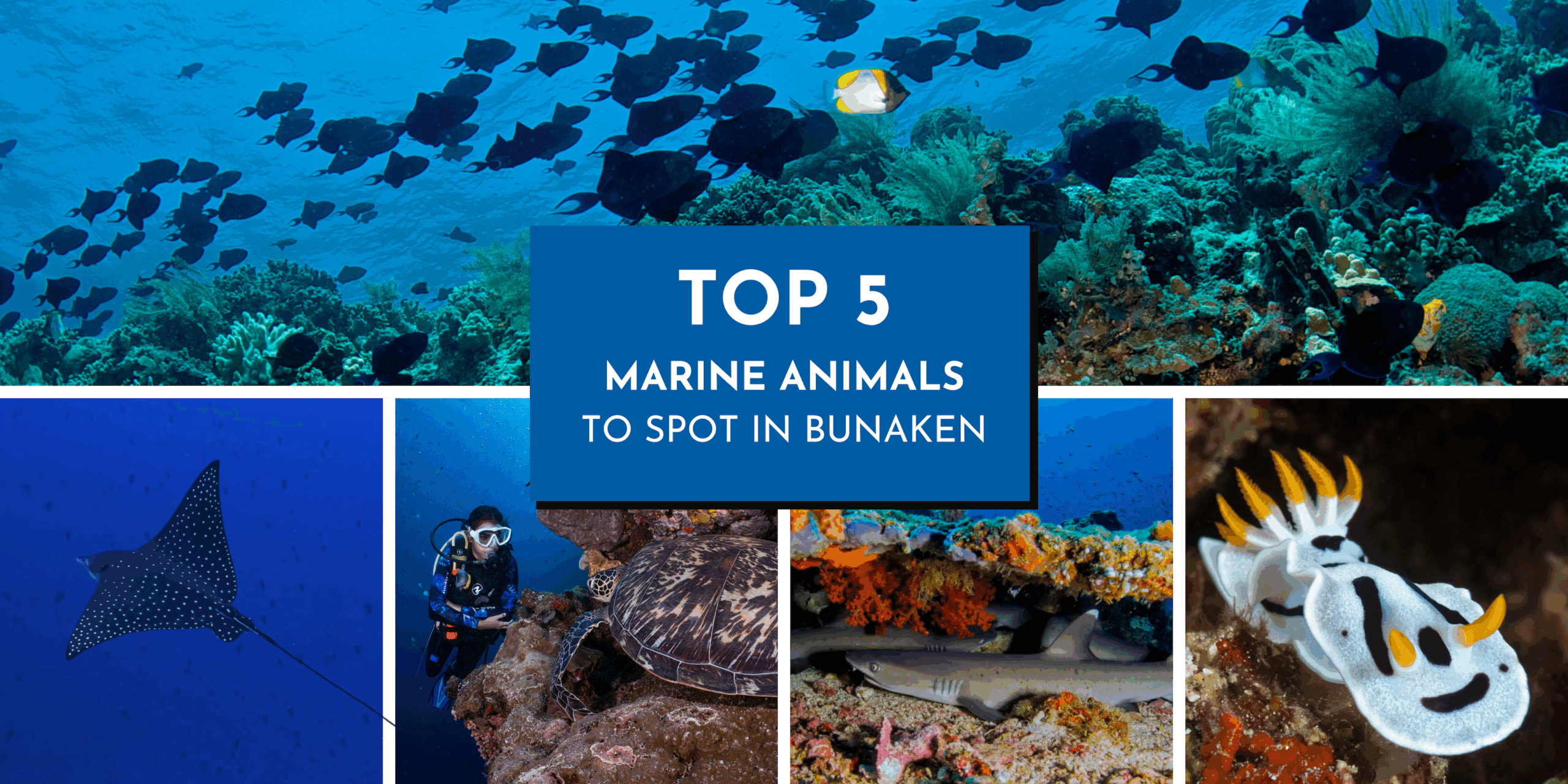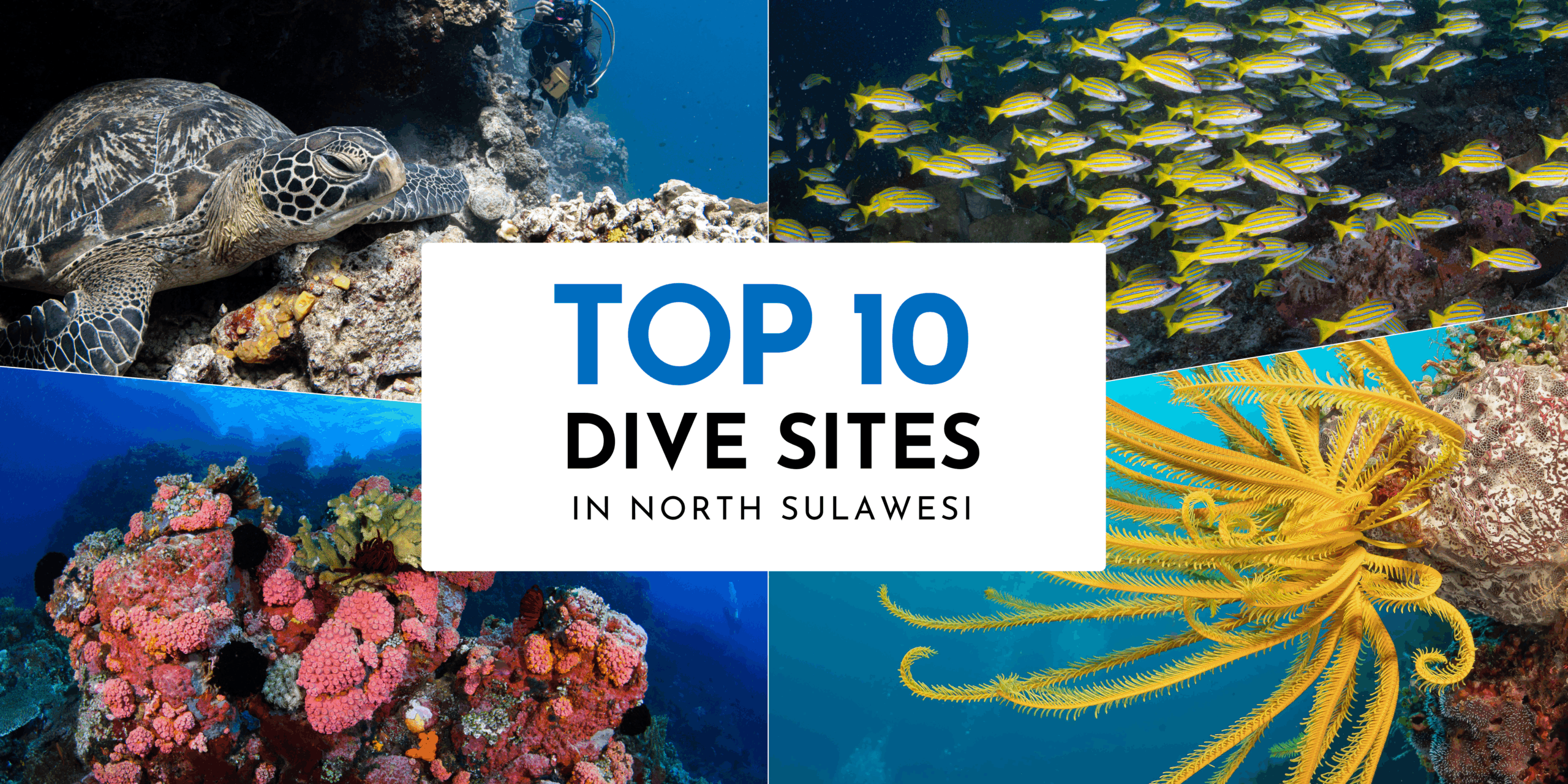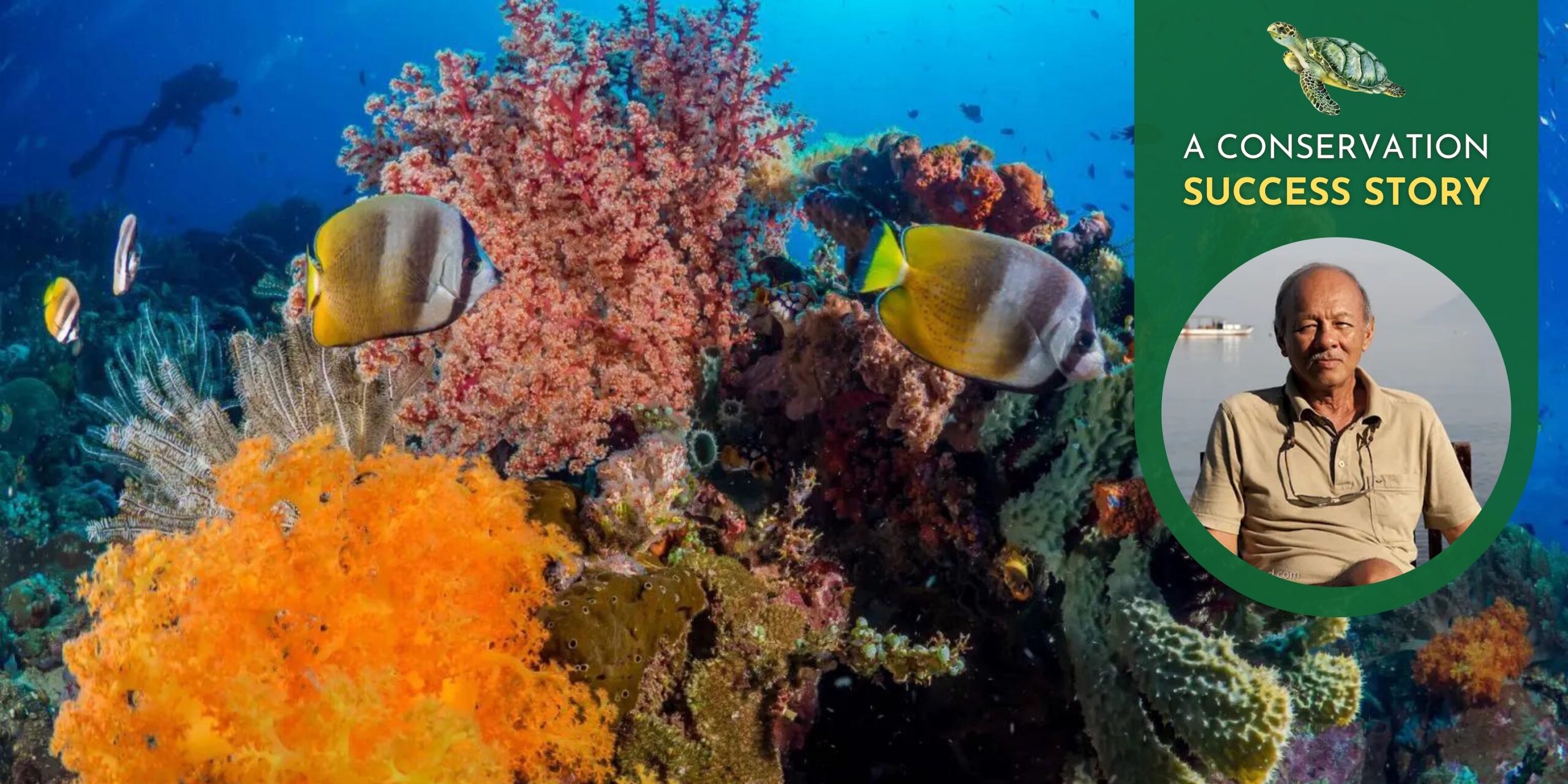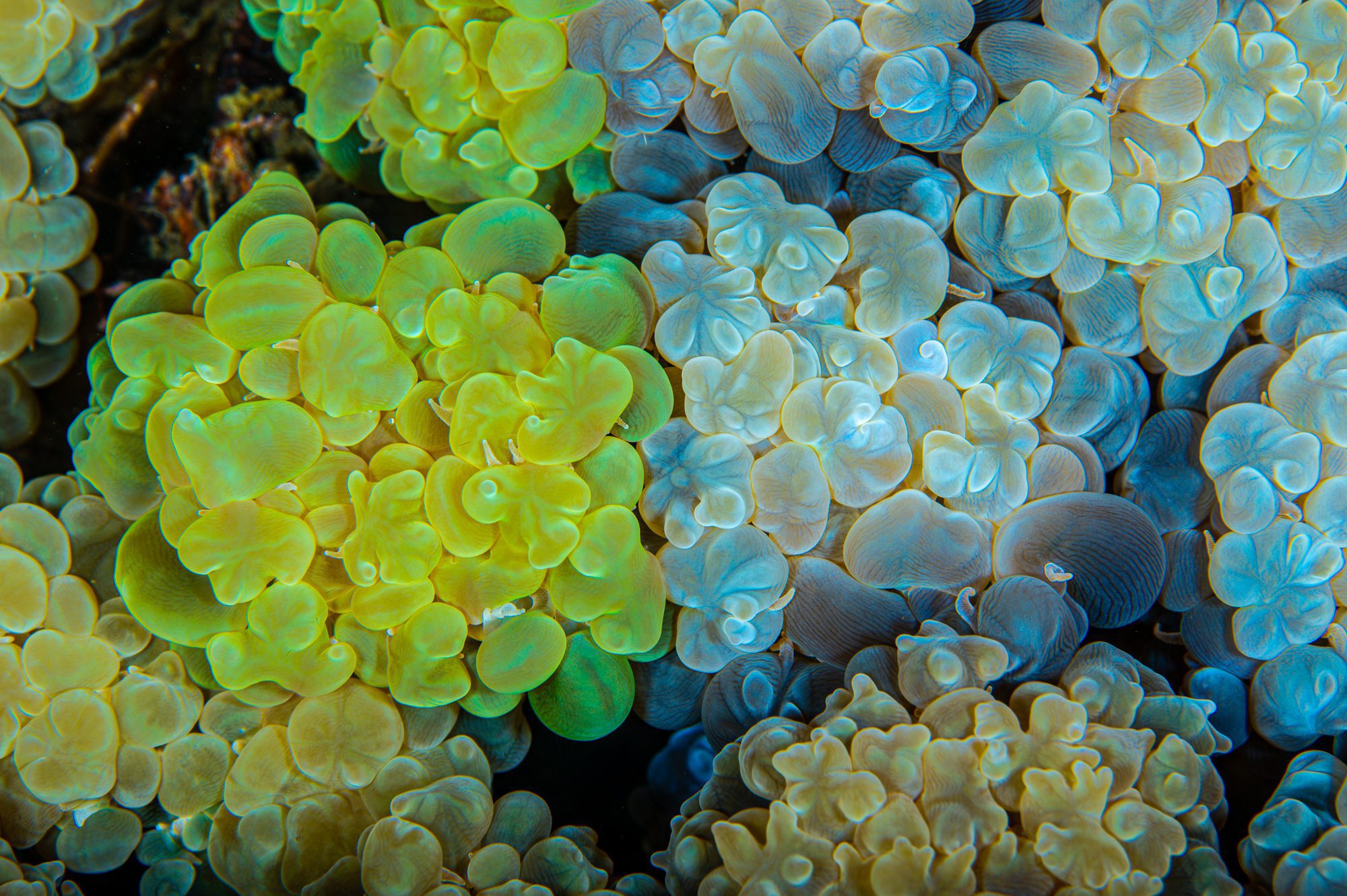
9 Facts About Hard Corals
Bunaken Marine Park is known for it’s incredible hard corals and is home to over 390 different coral species. The stunning coral reefs and walls support an incredible diversity of marine life which depends on the corals for food and shelter. Without the corals there wouldn’t be any reef fish but how much do you know about corals? Here are some incredible facts about the secret life of corals…
Things You Never Knew: 9 Facts About Hard Corals

1. Thousand species of hard corals
There are over 3,000 species of hard corals, which are also known as stony corals, reef building corals or hexacorals.
2. Hard corals are not plants
Corals are actually animals which are known individually as polyps. Polyps are related to anemones and jellyfish. They develop in colonies which form entire reef structures. Only hard corals can build reefs – soft corals can not.
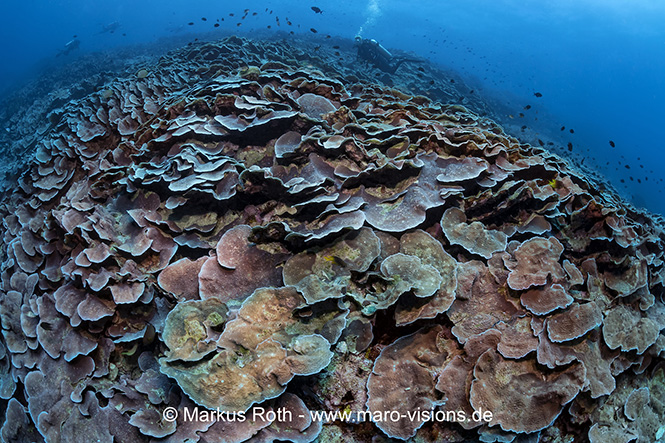
A healthy hard coral reef in Bunaken National Park
3. Unique anatomy
A hard coral polyp has a sac-like body and an opening, or mouth, encircled by stinging tentacles called nematocysts. The polyp uses calcium and carbonate ions from seawater to build itself a hard, cup-shaped skeleton made of calcium carbonate (limestone). This limestone skeleton protects the soft, delicate body of the polyp.
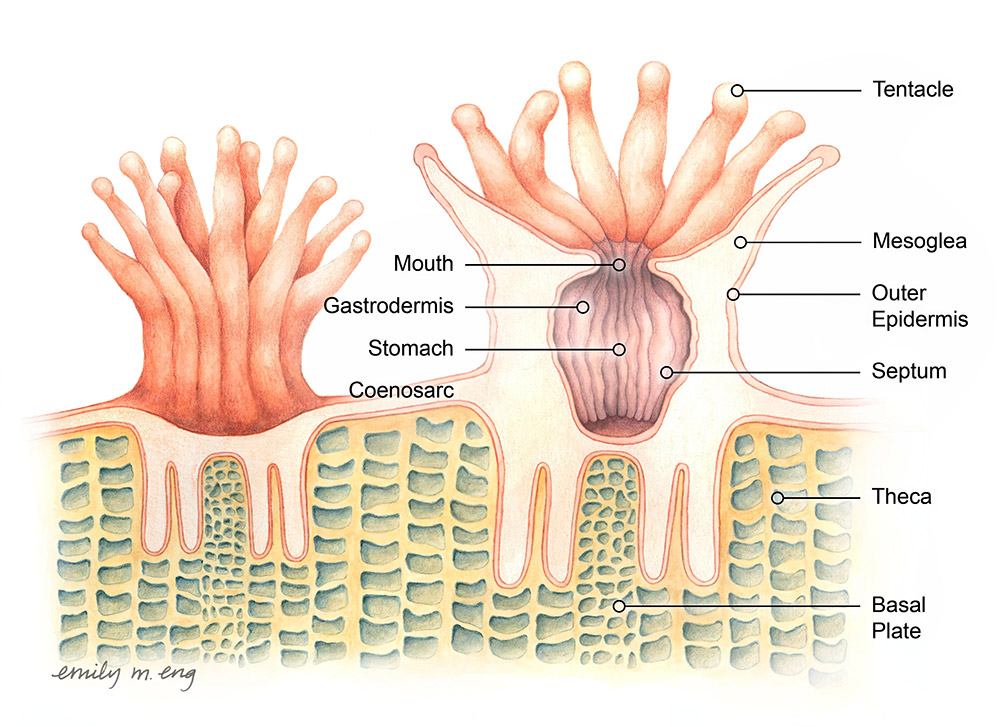
Image courtesy of Emily M. Eng
4. Most coral polyps have clear bodies
Their skeletons are white, like human bones. Generally, their brilliant color comes from the zooxanthellae (tiny algae) living inside their tissues. Several million zooxanthellae live and produce pigments in just one square inch of coral. These pigments are visible through the clear body of the polyp and are what gives coral its beautiful color.
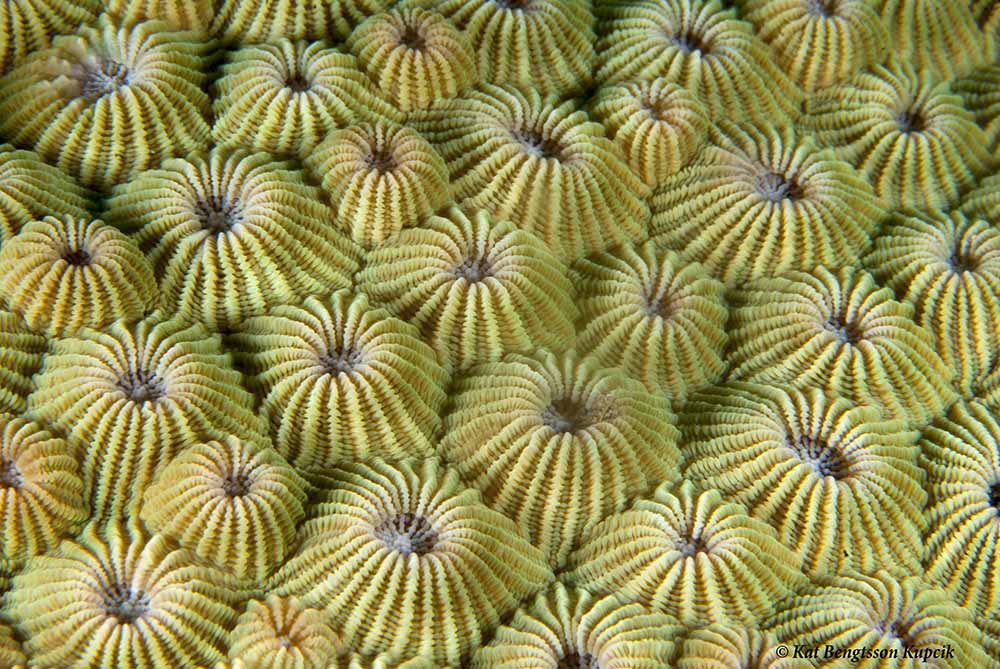
A detailed close up of a hard coral colony
5. Hard corals can be affected by coral bleaching
Coral bleaching occurs when sea temperatures rise to a level which causes the coral to expel the zooxanthellae (algae). Without the algae, the coral’s white skeleton is visible, giving a bleached like effect. When coral bleaching occurs the coral is not dead and if water temperatures drop the algae will return to the coral. During bleaching periods corals are under intense stress and during a long period of bleaching some corals will not survive.
6. Corals are predators, too!
They might not look like it but they are! Most of these corals feed at night when the polyps extend and sting passing plankton and even small fish which they pass to their mouth and ingest. Only 10% of the corals energy comes from the food it eats in this way.
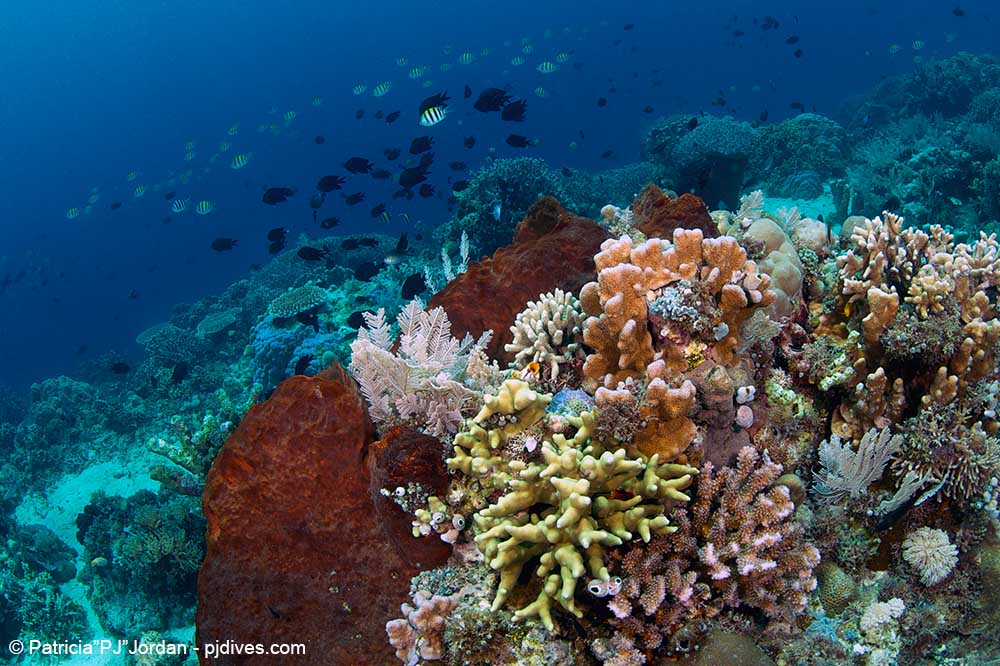
Different species of hard corals side by side at Bunaken Island
7. Sweet symbiosis with zooxanthellae
The algae which live on the coral rely on photosynthesis to produce energy, in the form of glucose (sugar). This algae derived sugar gives the coral 90% of its energy. In return, the coral provides the algae with a protected environment and compounds required for successful photosynthesis.
8. Grow in warm and cold water
The majority of hard corals grow in warm waters at depths less than 60 meters – but there are some species of deep water corals which can tolerate temperatures as low as 3 – 4 ºC and depths of up to 2,000 meters.
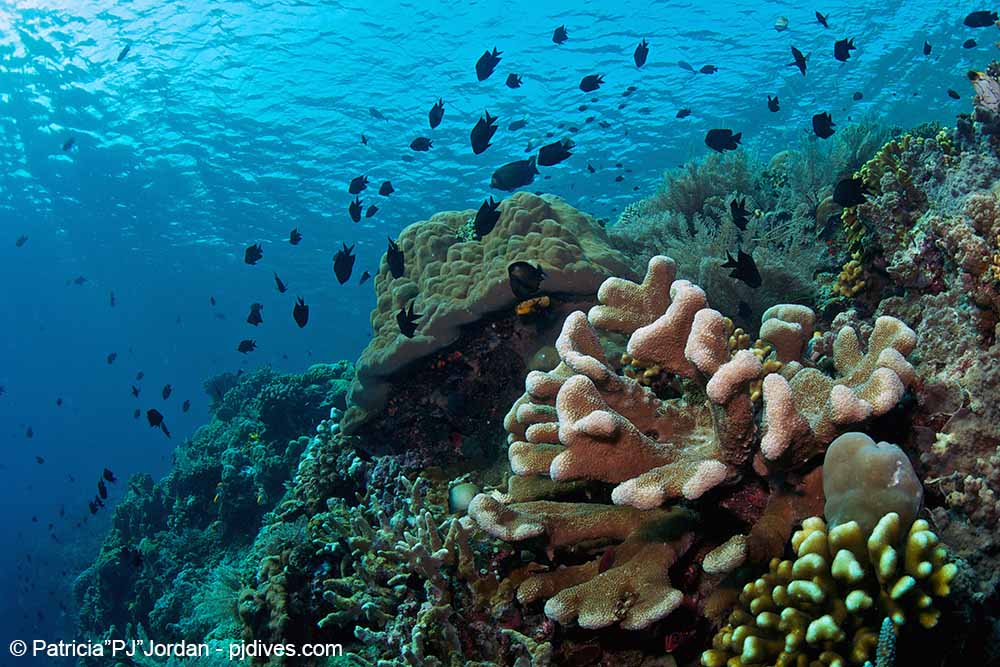
Hard corals flourish in the warm waters around Bunaken Island
9. Reproduce once or twice a year
Corals reproduce once or twice a year, after a full moon, when there is a mass-spawning event. The polyps release eggs and sperm into the water at the same time. The eggs float to the surface and the sperm swim up to fertilize them. A few days after fertilization the newly formed embryo will sink down to the sea floor and take root as a brand new coral!
We hope you’ve learned something new about hard corals and what incredible creatures they are. When you are diving in Bunaken Marine Park, take time to see how many different hard corals you see in a single dive – when you star counting it’s amazing how many “new” species you’ll start to notice. Bunaken is positioned in the heart of the Coral Triangle which is the most marine bio-diverse area on the planet so there’s no better place to identify and learn about coral!
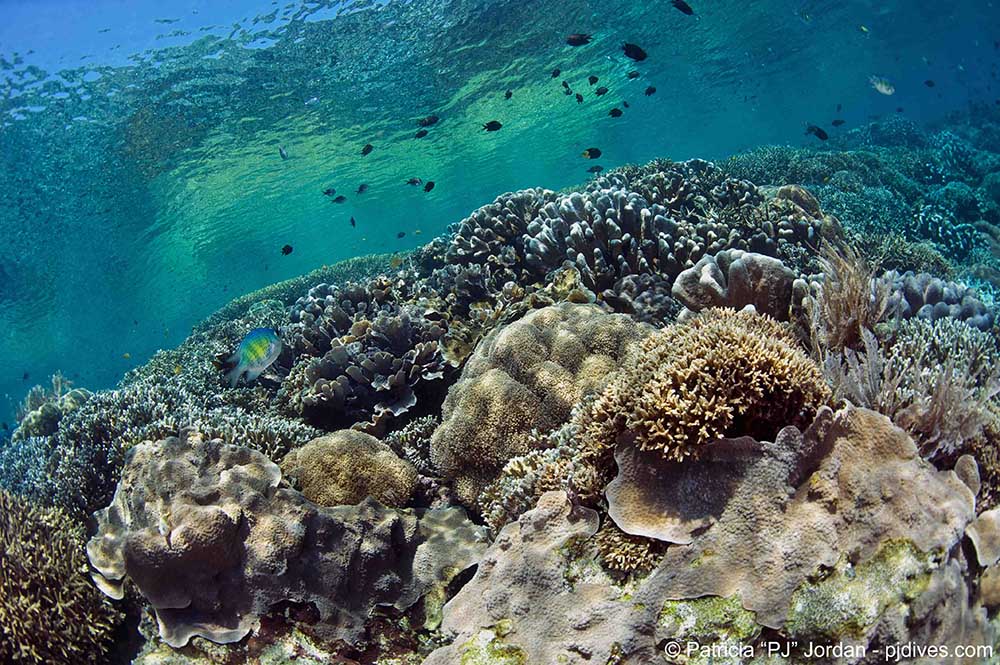
Are you planning your next trip to North Sulawesi?
Visit both Murex Manado and Murex Bangka to see the best hard corals in Bunaken and the kaleidoscopic soft corals around Bangka. Have you tried muck diving yet? Take a Passport to Paradise and discover 3 distinct dive locations (Bunaken – Bangka – Lembeh) with boat diving transfers between resorts. Epic walls, stunning reefs and the world’s best muck diving.
To make an enquiry or to book your next diving holiday contact us on: reservations@murexresorts.com. We look forward to welcoming you to North Sulawesi soon.


